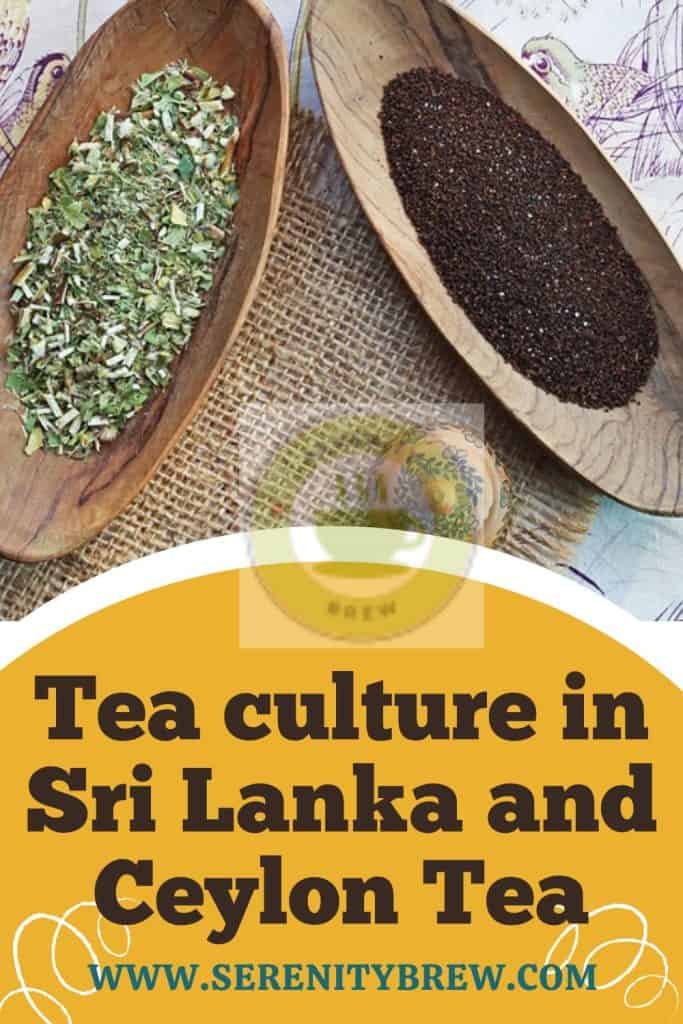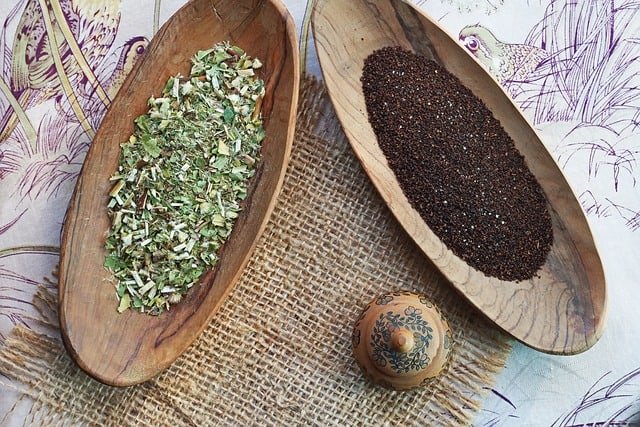
The British used the colony of Ceylon until 1869 as one of the main sources of coffee , when a fungal disease destroyed almost all the coffee plantations and caused an economic collapse on the island. It was then that the sir james taylor he came to the island and helped and introduced imported tea plants from India.
The ceylon tea In a very short time it became the most important export product of the colony and a brand appreciated throughout the world by tea lovers. Even today the British drink at five in the afternoon a ceylon tea, although the island already has another name since 1972, Sri Lanka.
How Ceylon tea is produced
Today many Sri Lankans continue to make a living from growing tea. No other country in the world produces as many tea leaves per capita as Sri Lanka. In terms of total volume, Sri Lanka is the fourth largest tea producer in the world, behind China, India and Kenya.
In particular, the island stands out for its high mountains, for its cool and humid climate, very suitable for cultivating slow-growing products that produce highly aromatic teas.
There are around 300,000 inhabitants who work directly in the tea plantations where it is harvested throughout the year by hand, depending on the height of the plantation there are three different qualities: Low grown (low cultivation), Media Grown (medium cultivation) and High Grown (high culture), to distinguish itself as the best variant High Grown , which also bears the title of “champagne of Ceylon teas”.
Ceylon teas carry a lion as a traditional logo that guarantees the origin and purity of the tea, tea lovers appreciate it for its sweet and citrus flavor.
How Ceylon Tea is prepared
Sri Lankans generally enjoy their black tea pure without milk or sugar and in this pure form, Ceylon is considered especially beneficial for health.
The preparation process requires preheating the kettle first with hot water, before placing the tea leaves inside and pouring out the boiling water. With the lid closed, the infusion should then rest for at least 3 minutes, but if milk is added it should be hot.
Sri Lankan cuisine is known worldwide as one of the spiciest, because people love spices not only in food, but also in tea, so they often leave a bit of ginger inside your tea . A large part of the inhabitants have difficult access to acquire the ceylon tea and substitute black tea for ginger tea, because the noble black tea not every day can afford them.
To prepare ginger tea, a small piece of ginger is peeled and infused directly into a cup of boiling water. After a steeping time of around 5 minutes, it can be sweetened with honey and a squeeze of lemon added to lighten its spiciness. .
Ceylon black tea benefits

As in other parts of the world, the tea culture in Sri Lanka encourages not only the body and mind, but also the social relations between the inhabitants, and that is that, on average, residents drink 3 cups a day for the breakfast or at a social gathering in the afternoon, but even on formal occasions or to receive a guest, a good cup of the national drink cannot be missing.
Every tea ceremony is also an opportunity to present your tea accessories. tea, as long as the family can afford to have them, since the quality of the tea accessories as kettle, tray, cups or glasses. They reflect social status.
Finally, the Sri Lankan tea ceremony is no different to British tea time, as one thing is certain: the ceylon tea has left an economic and social heritage and cultural seal in the two countries.
Are you wanting to try its flavor? well the organic ceylon tea, among other flavor varieties and mixes. Do not delay in trying them, because it is a pleasure that you deserve to experience.
